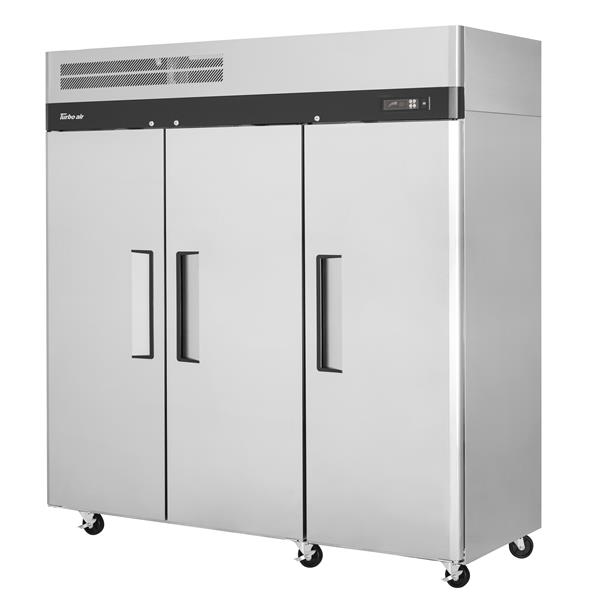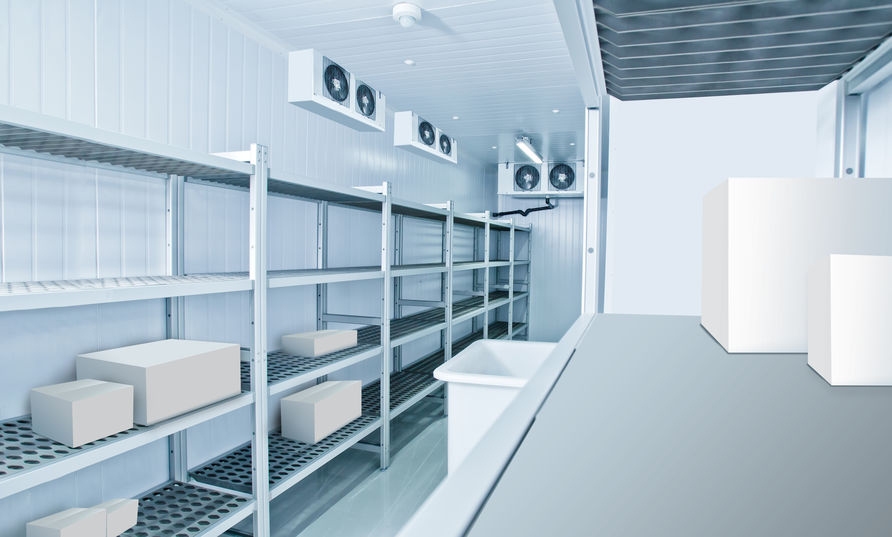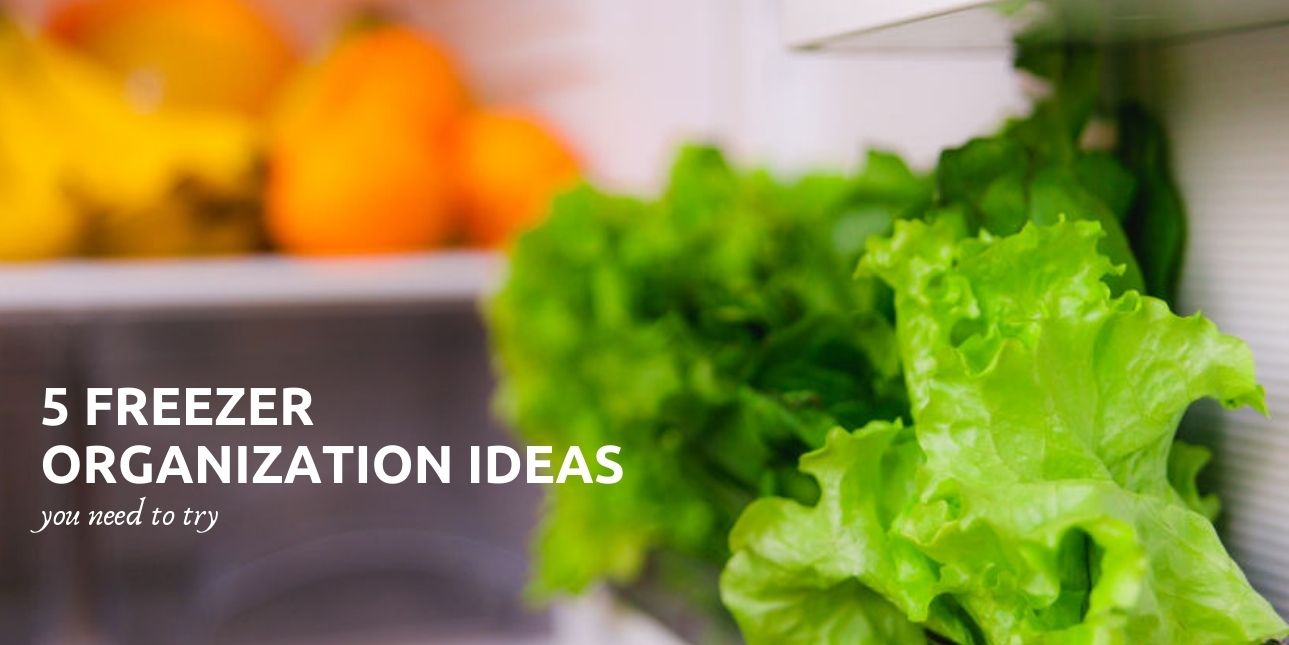
Your Freezer Organization Matters: Here's Why
Before diving into freezer organization ideas, it is essential to understand why freezer organization is crucial.
Helps You Maintain Food Safety and Sanitization Standards
Many individuals believe that once they've placed their ingredients in the freezer, their goods are good to go. Unfortunately, that's not always the case. If your food isn't packaged and stored in an organized manner, it can lead to more food waste than you think.
For example, if food isn't organized properly, it could lead to your food not freezing properly. To make matters worse, if your freezer is constantly opened and closed, it could lead to partial thawing of unorganized goods, leading to bacteria growth and a decrease in overall quality.
Reduces Food Waste
Without proper freezer organization, you could find yourself dealing with an increase in food waste in the form of freezer burn. Contrary to popular belief, food doesn't necessarily last longer when frozen. If you don't organize your frozen goods with a method such as first in, first out, you may find that you are storing some ingredients much longer than you should.
Yes, goods do last longer when frozen. However, the sooner you use the frozen goods, the better. If you plan on reducing food waste, you should plan on using the goods much sooner than the recommended freezer time.
Helps Your Freezer Run Properly
Finally, when you take the time to organize your freezer properly, you are ensuring that it is running optimally. When your unit is organized as it should be, it allows for adequate circulation, which ensures that your ingredients are freezing as they should and maintaining your goods' quality for a longer period of time.

5 Freezer Organization Ideas Worth Trying
Understanding the importance of freezer organization is just the start. Once it's time to start loading up your new freezer, you'll want to keep in mind these five freezer organization ideas:
1. First and Foremost: Mise En Place
Arguably one of the most common freezer organization techniques used by those in the hospitality industry is "Mise en place" – which is French for everything in its place. Before you start storing goods in your freezer, you want to plan out where everything will go. Knowing that everything has a place ensures that you put it in the right place when it's time to start organizing your freezer.
When planning out your freezer to ensure you maximize its use, you will want to make sure you have room for a variety of goods, including:
- Meats/Seafood
- Produce
- Liquids
- Condiments
Once you know what's going where you may want to consider taking things a step further and investing in small freezer-friendly storage bins to help you further organize goods into categories such as:
- Berries/small fruits
- Large fruits
- Pre-cut vegetables
- Whole vegetables
- Whole cuts of meat
- Ground Meat
2. Break Down Bulk Purchases into Usable Portions
Once you have a plan of where everything should be going, you can start the storage process. However, instead of simply throwing your goods in when you bring them back to your facility, you want to make sure you are breaking down large or bulk purchases into smaller, more usable portions.
Depending on how you plan on serving your goods, you may be able to break down your purchases into daily allotments or even single serving uses. Breaking them down this way will help ensure you're using your freezer space adequately, as well as reducing your overall food waste.
3. Practice the First In, First Out Method

Another common freezer organization concept is FIFO – First in, First Out. This helps ensure your frozen goods' quality because it rotates items to ensure nothing remains in the unit longer than it should.
The concept is simple enough, the oldest products in your freezer need to be at the front of shelves or in the top of your bins. As you get new inventory, the newer products go in the back of the unit and/or at the bottom of individual bins.
To make this concept work even better, you want to take the time to label everything that goes in your freezer. You want to make sure you are including the product's name, the date it iss being frozen, as well as the amount/weight.
4. Let Your Items Breathe
While you may be tempted to use bins as a way to organize your goods further, you want to make sure you are using containers that allow your goods to breathe. Adequate circulation is vital to maintaining the temperature of your goods and the overall quality as well.
So, instead of using closed-walled bins, you may want to use wire baskets or freezer racks to ensure that everything not only has its place but has enough room to allow for proper circulation.
5. Raw Meats Belong on Lower Shelves
Finally, to help you organize your freezer with sanitation in mind, you always want to store your raw meats on the lower shelves. Even when you've been careful to package your meats properly, there is always a risk of the package leaking. If that happens before the meat can freeze entirely, it coul
d lead to cross-contamination issues should any blood seep through.
Learning How to Organize Your Freezer is Essential
Freezer organization is crucial to any brand that plans on serving food and/or beverages. The good news, there are plenty of freezer organization ideas out there to ensure that you are getting the most out of your equipment, and the five mentioned above are only the beginning.






